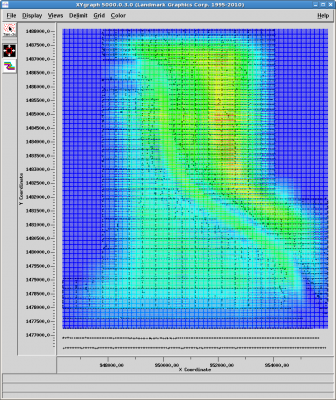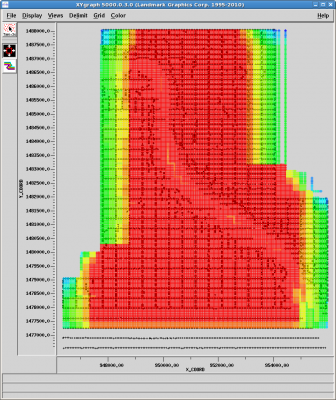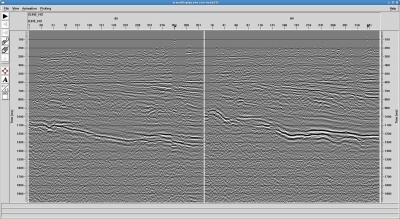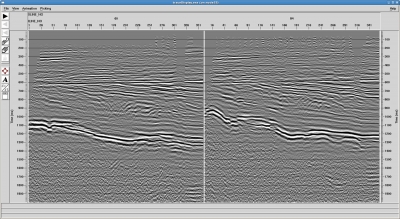A data model is constructed using a high dimensional Fourier technique that minimizes spectral distortion caused by irregular sampling. New traces are generated using this model resulting in a preserved azimuth and densely populated dataset which is consistent with well sampled areas of the original geometry.
MWNI
This approach leverages Minimum Weighted Norm Interpolation (MWNI) which is based on the technique described by Liu and Sacchi in 2004. Modifications to the original MWNI method allow for better handling of aliased data and mixed amplitude events. Where high amplitude and low amplitudes are present (dipping diffractions), the correct amplitude and image can be better preserved.
Wide azimuth 3D seismic data is inherently 5 dimensional with the terms being; offset, azimuth, x, y and time. This makes OVT (offset vector tiles) or COV (common offset vectors) domain a logical choice for performing 5D regularization and/or interpolation. The OVT approach is ideal for improving sampling, or decreasing spacing, as input (pre-conditioning) to a common vector pre-stack time migration (OVT / COV PSTM). Thus improving S/N and sampling for a preserved offset and azimuth migration. This approach then allows azimuthal velocity analysis (HTI) to be performed post-migration or to include HTI in the OVT-PSTM for full anisotropic time imaging.





